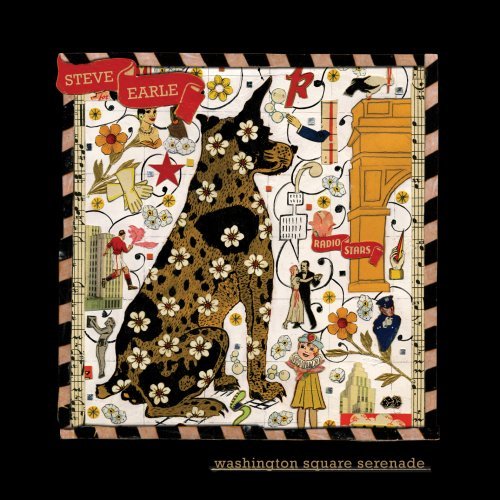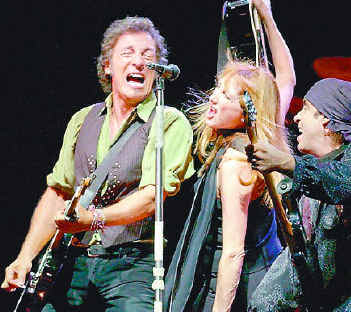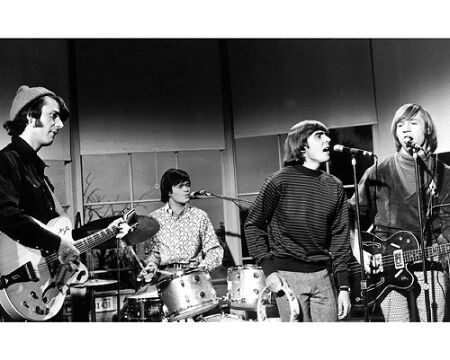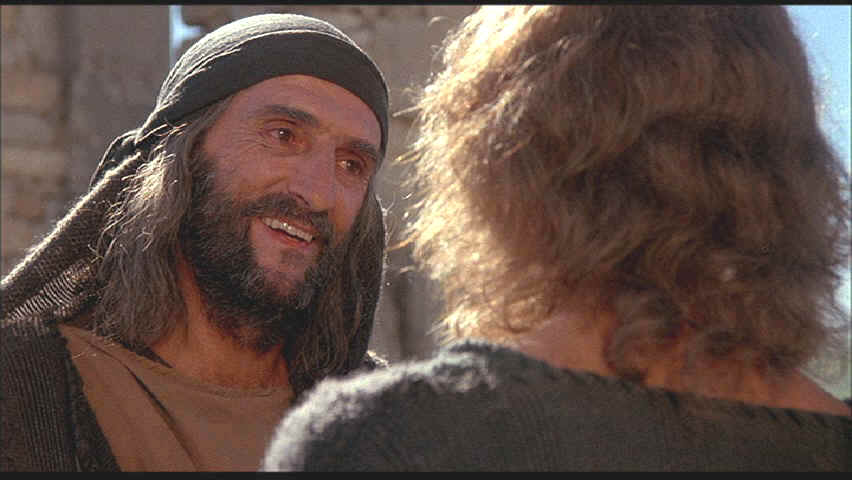Updated!
You all know more about this I’m Not There pseudo-bio-flick that Todd Haynes, I believe, has had in the works for a number of years. Buskirk knows everything there is to know about this film, I’d bet. I’ve been looking forward to it. I love Dylan, I love many of Haynes’ films, and I like the concept of having various actors play Dylan at various points in his life: Cate Blanchett, Richard Gere, Tom Arnold, Charles Grodin…
So Phawker drops this soundtrack album on us, and what’s a poor boy to do but blow off an evening with a Minute-by-Minute Review? Why don’t you turn on your love light and listen along with my thoughts as commentary? I’m not there, but if you’re lucky it may seem like I am.
Disc 1
1. “All Along the Watchtower” – Million Dollar Bashers, Eddie Vedder: What’s this, a Ricky Martin song? Oh, here’s Vedder, adding his one-dimensional, well-intentioned yarl to something that sounds as canned as a recent Santana album. Where’s Rob Thomas when you need him to throw down vocals on a backing track like this? Jeez, listen to the hand-cupping-the-ear harmony on the “two riders were approaching…” line, which he then has the bad taste to repeat a few more times with that cheesy harmony. All the while, pointless guitar solos howl, trying in vain to stand out from the mess of horns, Hammond organ, and lord knows what other muck.
2. “I’m Not There” – Sonic Youth: Is it integrity or mediocrity that keeps Sonic Youth sounding like a 1000-run pressing indie rock band on a self-financed label whenever they try to sing a simple song? This might as well be Galaxie 500’s first indie release, or a debut release by any of 50,000 bands that have followed in their wake. And I mean this as a relative compliment.
3. “Goin’ to Acapulco” – Calexico, Jim James: Yeah, the Jimmy Webb arrangement model…so cool, so hip, and so affordable when picking through used record bins. Good background music, but not too inspiring for writing these Minute-by-Minute reviews. Let’s break it up, boys…
4. “Tombstone Blues” – Richie Havens: Eh… All I can think about his how Havens wraps his thumb around the neck.
5. “Ballad of a Thin Man” – Stephen Malkmus, Million Dollar Bashers: Low expectations here. Unless I can let it wash over me, I usually find the original hard to listen to with all my attention. Malkmus can’t get away from the Dylan arrangement and phrasing, and although I like Malkmus, he’s no Dylan. Sorry, folks, I’ve got to hit Skip.
6. “Stuck Inside of Mobile With the Memphis Blues Again” – Cat Power: What’s this, one of those tolerable Natalie Merchant tracks? How many negroes were called into service to make this recording more authentic? What’s the setting for that stock Steve Cropper Tasty Guitar Lick again? Actually, this went from being “enjoyable for a Cat Power recording” to unbearably overblown with the addition of the 7th or 8th layer of stock textures: Memphis horns, Steve Cropper-style guitar, two sets of organ fills, three sets of backing vocal parts… Natalie Merchant showed more restraint. The Blues Brothers showed more restraint.
7. “Pressing On” – John Doe: I’m afraid of what’s coming as I listen to this Jackson Browne-style piano intro. I see…Doe sings well and with passion, and the gospel backing singers give it all they’ve got. As the song builds, however, Doe starts to reach the threshold of Layered Authenticity Gimmicks, don’t you think? I’ll have to give that exact point at which one too many tasty guitar licks or Hammond organ fills is too much, but although I got all I could get out of this song a couple of minutes ago, I’ll press on. OK, finally over.
8. “Fourth Time Around” – Yo La Tengo: These guys, in their mellow Fakebook mode, are masters of the art of staying out of the way of a great song. So with a feint voice and a simple arrangement, they make this song work like a charm. I’m going to shut up and simply get into the music for the next couple of minutes…
9. “Dark Eyes” – Calexico, Iron & Wine: Well, this is a nice change of pace. I sense it’s going to go on much longer than I’d like. Calixico is like The Band of the Urban Outfitters set, no? Let’s move along, boys…
10. “Highway 61 Revisited” – Million Dollar Bashers, Karen O: What is this, Halloween? Why so closely ape the original arrangement and then throw in an occasional “Monster Mash” voice? She and these Million Dollar Bashers, whoever the hell they are, perform this track with all the enthusiasm of a sweet publishing deal and a freshly bought Fake Book. This really sucks. How the mighty have fallen that Dylan once felt the need to shame Donovan on film and now he’s signing off on a crap cover like this?
11. “One More Cup of Coffee” – Calexico, Roger McGuinn: McGuinn’s always struck me as perhaps the first person in rock who needed a wedgie, and this performance confirms that the wedgie is still long overdue. He became religious, or got back to his Christianity, at some point, right? Was that the day he realized he’d achieved what he achieved in The Byrds thanks to not only the grace of God but the stronger supporting voices of his original bandmates? This reminds me, I was in a record store tonight and I was shocked to see a Best of Leo Sayer CD. “Who would have thought that Leo Sayer warrented transfer to CD” I thought to myself, “and who would buy this CD?” I have similar thoughts about those who would purchase a solo Roger McGuinn recording.
12. “Lonesome Death of Hattie Carroll” – Mason Jennings: This is fine and performed with taste and a feel for the song. It’s a relief not to hear a track here without the addition of Al Kooper-style noodling, muddy horns, and backing vocals.
13. “Billy 1” – Los Lobos: These guys are real pros in the best sense of the word. This has a great, easy feel, like a well-worn catcher’s mitt, like something Doug Sahm would have done, like something Dylan himself would dig.
Continue reading »





